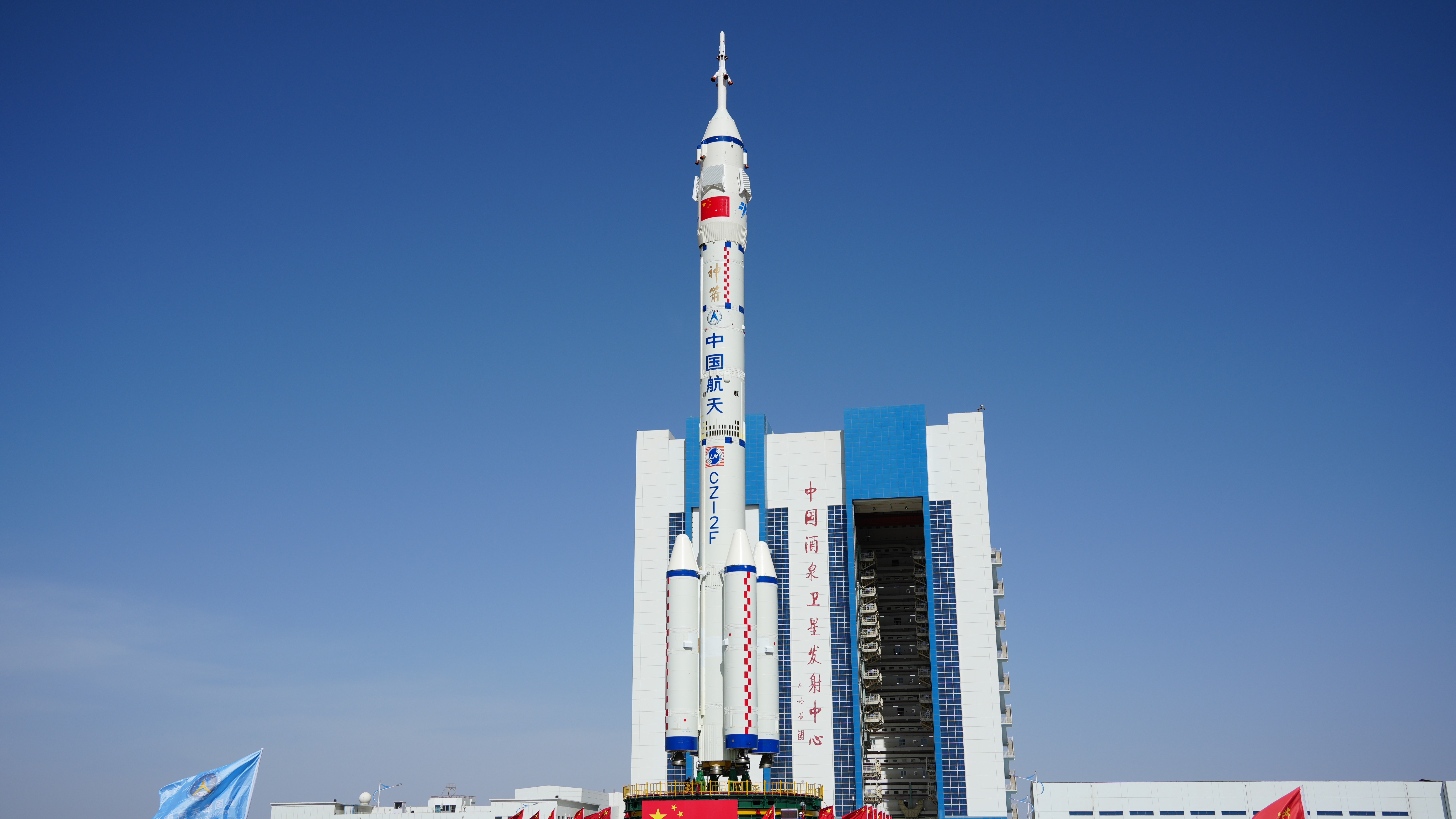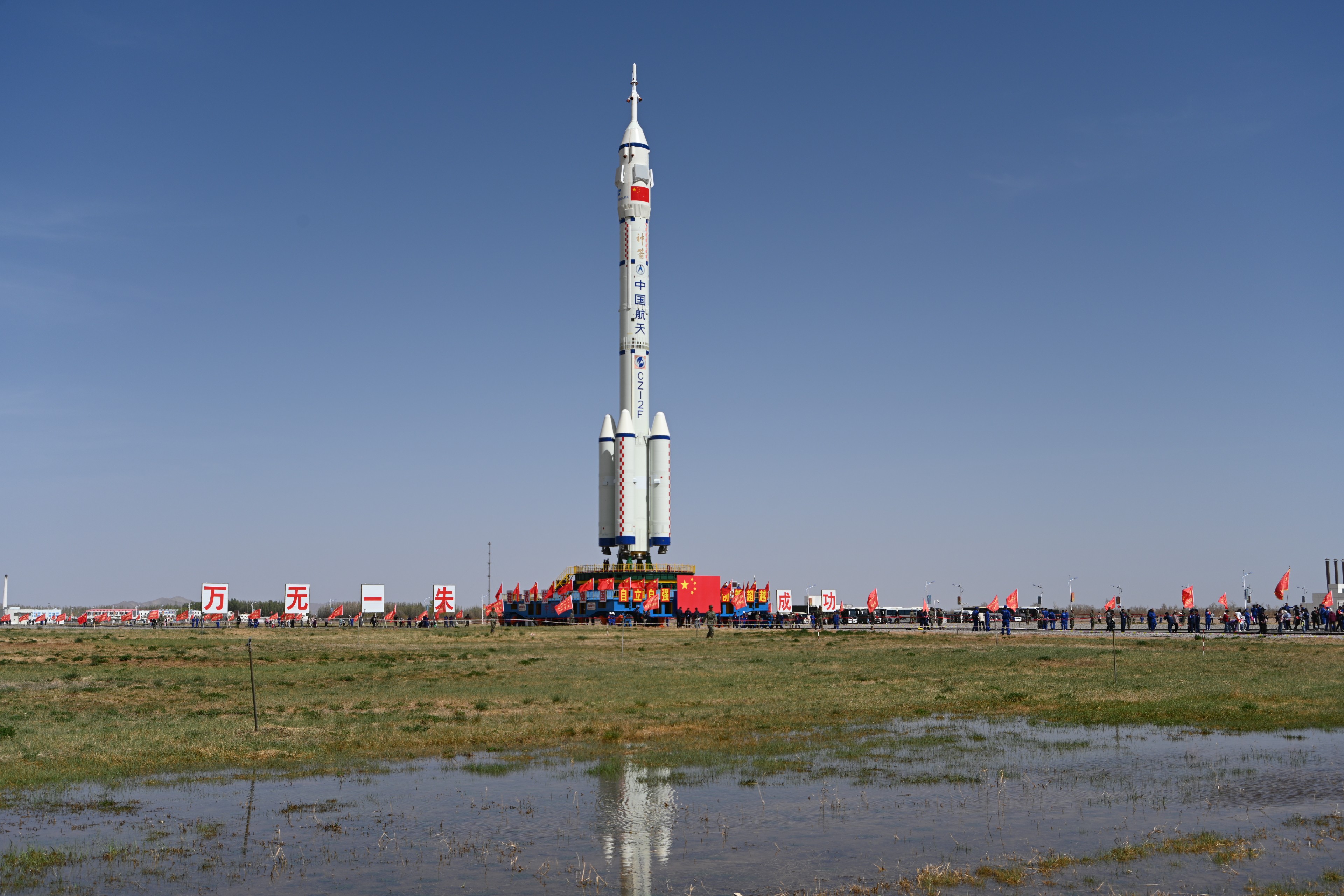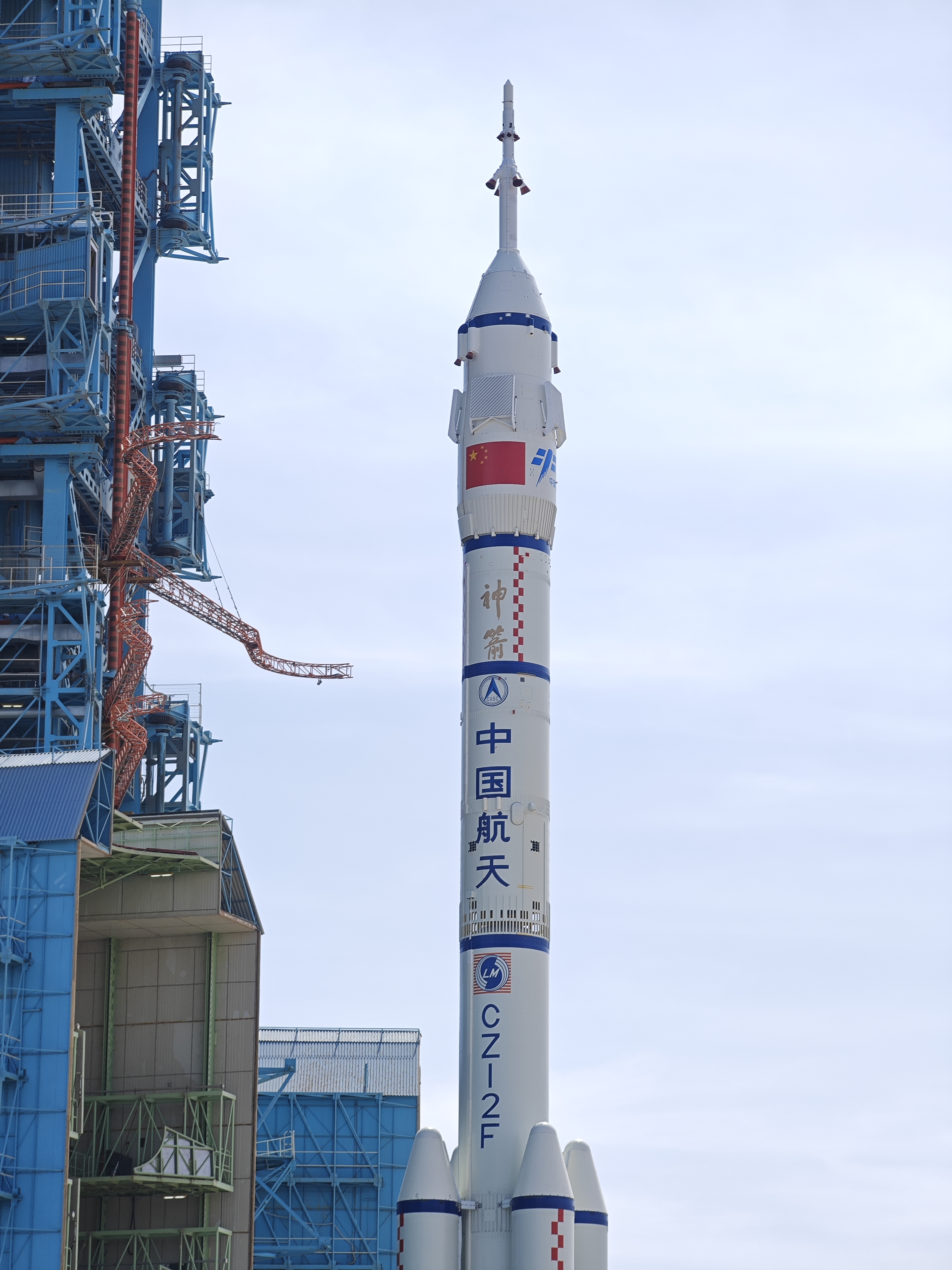
China is all set to send its next crew to its Tiangong space station.
The Shenzhou 18 spacecraft currently sits atop a Long March 2F rocket, on its pad at Jiuquan Satellite Launch Center. The rocket was transferred 0.93 miles (1.5 kilometers) by rail from the vertical integration building to the pad on April 17, according to China's human spaceflight agency (CMSA).
CMSA said Shenzhou 18 will be launched at an appropriate time in the near future. However, airspace closure notices indicate the launch to the Tiangong Space Station is currently set for around 9:00 a.m. EDT on April 25 (1300 GMT, or 9:00 p.m. Beijing time). Livestreams of the launch are expected to be made available closer to liftoff.
The crew have also yet to be announced. The three astronauts will likely be unveiled a day ahead of launch at a press event at Jiuquan spaceport.
Meanwhile, teams at the spaceport are currently preparing for the launch and going over contingencies.
"Based on the characteristics of the mission, we have made over a dozen of contingency plans and conducted more than 50 rehearsals and emergency exercises to strengthen coordination among different positions," Yu Yi, staff member of the Dongfeng command and control center of the Jiuquan Satellite Launch Center, told CCTV.

The Shenzhou 18 mission is expected to last around six months. The crew will likely arrive at Tiangong around seven hours after launch. There they will meet with the three Shenzhou 17 mission astronauts currently occupying Tiangong.
Shenzhou 17 astronauts Tang Hongbo, Tang Shengjie and Jiang Xinlin have been aboard the space station since October 2023. They will participate in a handover ceremony with the incoming crew before returning to Earth in their Shenzhou 17 spacecraft a few days later.

China began assembling Tiangong in low Earth orbit in April 2021 and finished about 18 months later. The three-module, T-shaped space station is about 20% as massive as the International Space Station.
China plans to keep it constantly occupied and operational for at least a decade and is even planning to expand the orbital outpost with more modules.







